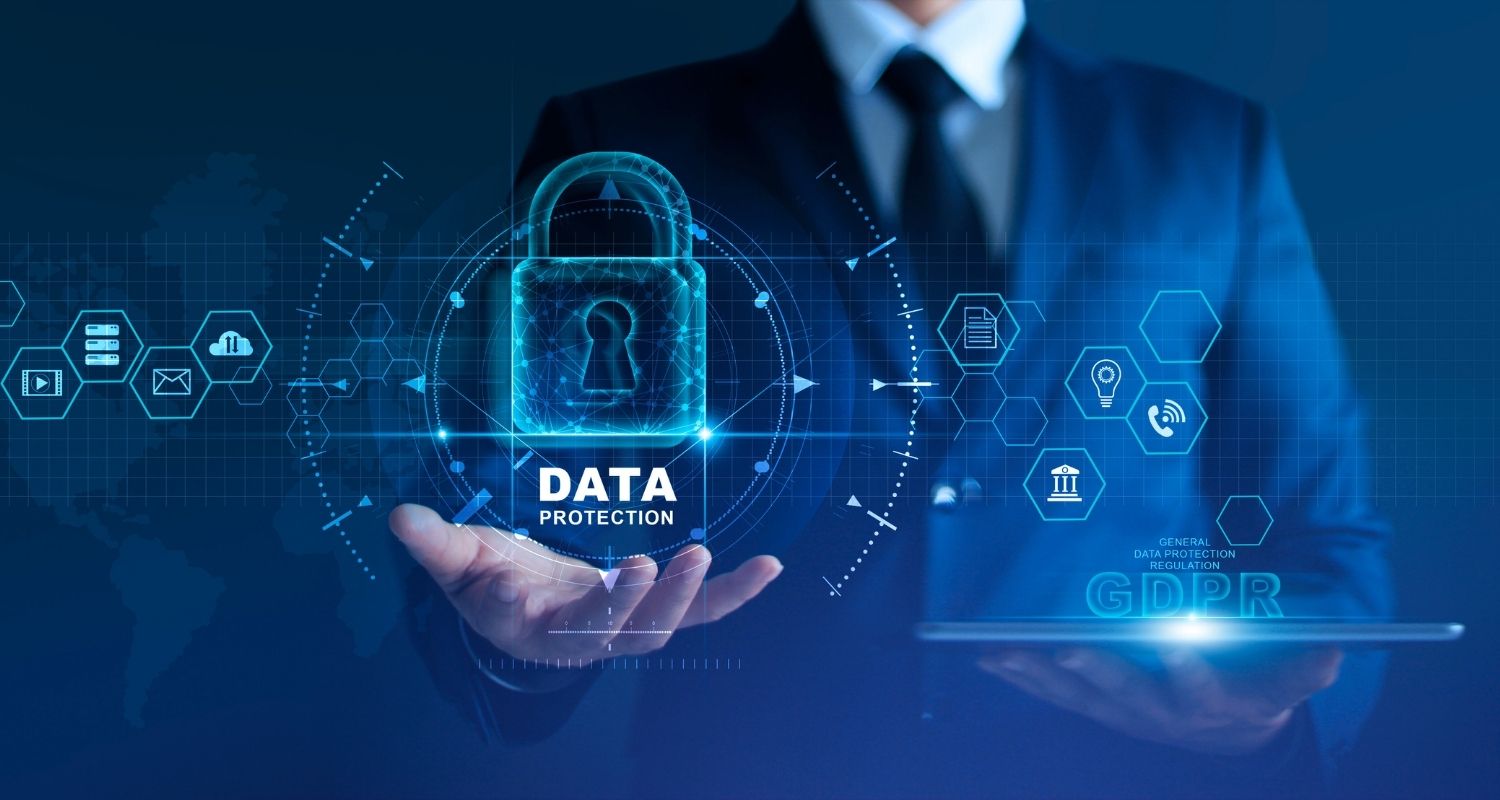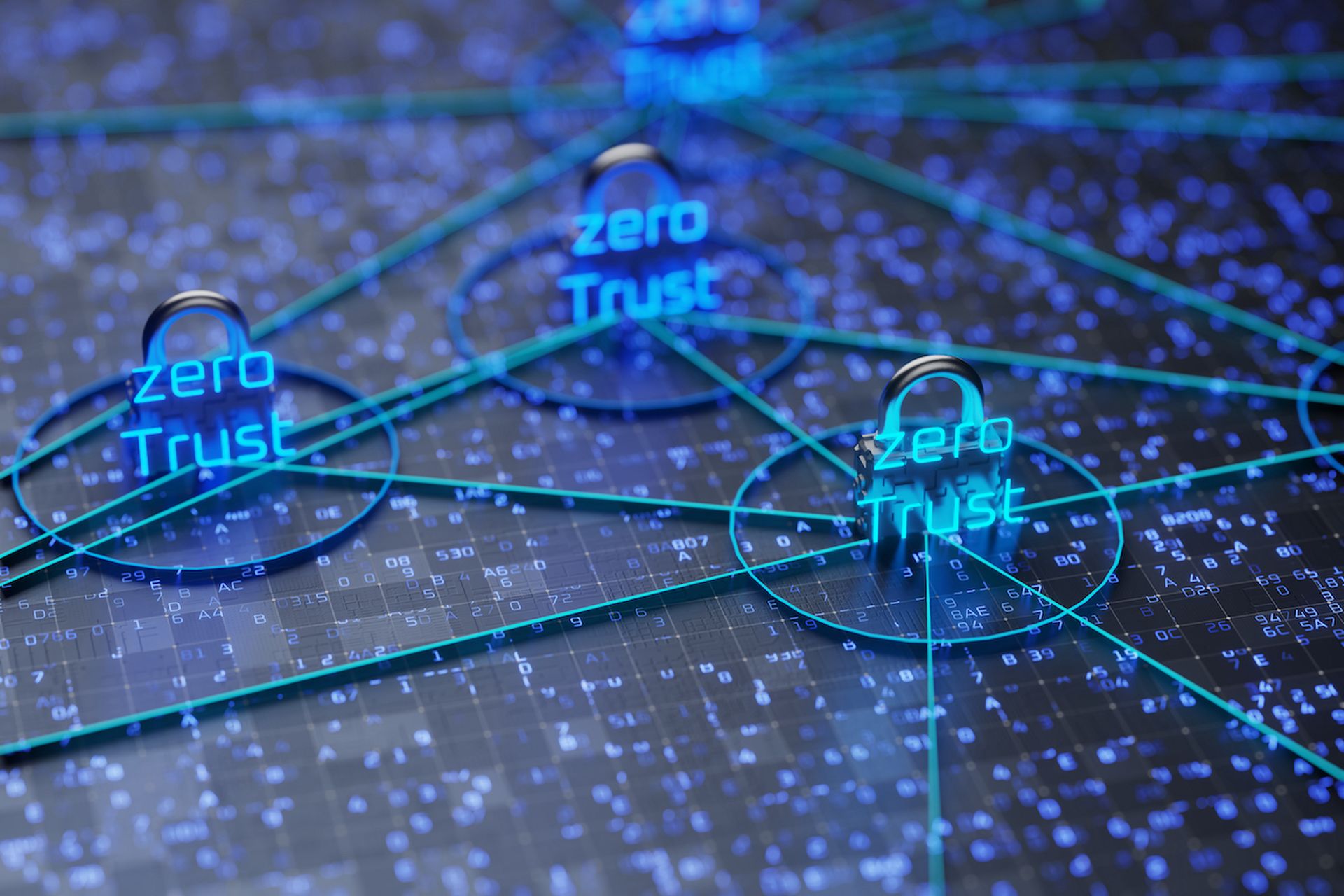How Fiber Network Security Solutions Ensure Maximum Protection for Your Communications
How Data and Network Security Secures Versus Arising Cyber Risks
In a period marked by the quick evolution of cyber risks, the relevance of data and network security has never ever been more noticable. As these hazards come to be a lot more complicated, understanding the interplay between information safety and security and network defenses is essential for minimizing risks.
Comprehending Cyber Hazards

The ever-evolving nature of innovation constantly presents new susceptabilities, making it crucial for stakeholders to remain cautious. People might unknowingly come down with social engineering strategies, where aggressors adjust them into revealing delicate information. Organizations face distinct obstacles, as cybercriminals typically target them to exploit beneficial information or disrupt operations.
Additionally, the surge of the Internet of Points (IoT) has expanded the strike surface, as interconnected tools can serve as entrance points for assailants. Acknowledging the value of durable cybersecurity practices is vital for mitigating these risks. By promoting a detailed understanding of cyber dangers, companies and people can carry out efficient strategies to protect their digital assets, guaranteeing resilience in the face of an increasingly complex danger landscape.
Trick Elements of Information Safety
Making sure data safety and security requires a complex technique that incorporates numerous crucial elements. One essential aspect is information file encryption, which transforms delicate details into an unreadable format, accessible only to authorized customers with the proper decryption secrets. This works as a vital line of defense versus unapproved accessibility.
One more important part is accessibility control, which controls that can check out or manipulate information. By executing stringent individual verification protocols and role-based access controls, companies can decrease the threat of insider risks and data breaches.

In addition, information concealing techniques can be employed to shield delicate info while still permitting its usage in non-production atmospheres, such as testing and development. fft perimeter intrusion solutions.
Network Security Strategies
Applying durable network safety and security methods is vital for protecting an organization's electronic framework. These strategies include a multi-layered method that consists of both software and hardware solutions created to safeguard the integrity, privacy, and availability of information.
One critical part of network safety is the deployment of firewall programs, which serve as an obstacle between relied on internal networks and untrusted outside networks. Firewall softwares can be hardware-based, software-based, or a combination of both, and they assist filter inbound and outgoing traffic based upon predefined safety and security rules.
Furthermore, intrusion detection and avoidance systems (IDPS) play an important duty in keeping an eye on network web traffic for suspicious activities. These systems can signal administrators to prospective violations and take action to mitigate threats in real-time. On a regular basis upgrading and patching software is also vital, as vulnerabilities can be manipulated by cybercriminals.
Additionally, applying Virtual Private Networks (VPNs) ensures protected remote accessibility, securing information transmitted over public networks. Finally, segmenting networks can lower the attack surface and include prospective violations, restricting their influence on the overall infrastructure. By embracing these methods, companies can properly strengthen their networks versus arising cyber hazards.
Ideal Practices for Organizations
Developing best techniques for organizations is essential in preserving a solid safety posture. A thorough method to data and network safety and security starts with normal risk analyses to determine susceptabilities and possible risks. Organizations must apply robust gain access to controls, making sure that just authorized personnel can access sensitive information and systems. Multi-factor verification (MFA) ought to be a conventional demand to enhance safety layers.
In addition, constant employee training and recognition programs are important. Employees must be educated on recognizing phishing attempts, social design strategies, and the importance of sticking to security procedures. Normal updates and patch monitoring for software program and systems are likewise vital to secure versus understood susceptabilities.
Organizations should evaluate and develop case response prepares to ensure preparedness for prospective violations. This includes establishing clear communication channels and functions during a safety case. In addition, data file encryption need to be employed both at rest and in transportation to safeguard sensitive info.
Lastly, conducting regular audits and conformity checks will certainly help guarantee adherence to well-known plans and relevant regulations - fft perimeter check my site intrusion solutions. By adhering to these ideal practices, organizations can considerably improve their durability against emerging cyber risks and secure their essential assets
Future Trends in Cybersecurity
As companies browse an increasingly complex digital landscape, the future of cybersecurity is poised to advance significantly, driven by shifting and arising modern technologies hazard standards. One noticeable trend is the combination of expert system (AI) and artificial intelligence (ML) into safety and security frameworks, enabling real-time threat discovery and feedback automation. These technologies can assess substantial amounts of information to recognize anomalies and potential violations a lot more effectively than traditional approaches.
Another crucial fad is the rise of zero-trust style, which requires constant confirmation of individual identities and device protection, despite their location. This strategy lessens the risk of expert risks and enhances defense against exterior assaults.
Furthermore, the boosting adoption of cloud solutions necessitates durable cloud security approaches that attend to unique susceptabilities connected with cloud settings. As remote work ends up being a permanent component, protecting endpoints will likewise become extremely important, resulting in a raised emphasis on endpoint detection and action (EDR) remedies.
Lastly, regulative conformity will remain to form cybersecurity practices, pushing companies to adopt extra stringent data defense measures. Accepting these patterns will certainly be important for companies to fortify their defenses and browse the advancing landscape of cyber threats efficiently.
Final Thought
In verdict, the execution of robust data and network security actions is necessary for organizations to safeguard versus emerging cyber threats. By making use of file encryption, access control, and reliable network safety techniques, companies can substantially reduce vulnerabilities and secure sensitive details.
In an age marked by the fast evolution of cyber click here for more info dangers, the significance of information and network protection has actually never ever been a lot more pronounced. As these dangers become a lot more intricate, comprehending the interaction between information safety and network defenses is important for minimizing dangers. Cyber hazards encompass a large array of malicious tasks intended at compromising the privacy, honesty, and availability of networks and information. A comprehensive method to information and network security starts with normal risk evaluations to recognize susceptabilities and potential dangers.In verdict, the implementation of robust information and network Read Full Article security steps is necessary for companies to safeguard against emerging cyber dangers.